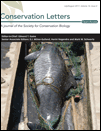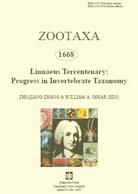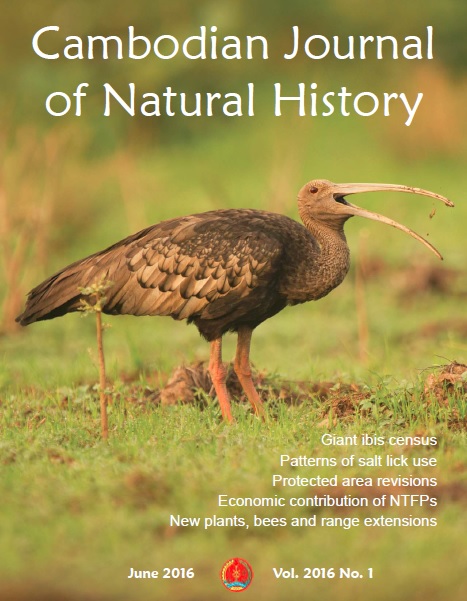|
Alumni Publications
 Chaves, W.A., Valle, D.R., Monroe, M.C., Wilkie, D.S., Sieving, K.E., & Sadowsky, B. (2017). Changing Wild Meat Consumption: An Experiment in the Central Amazon, Brazil. Conservation Letters, doi:10.1111/conl.12391. Chaves, W.A., Valle, D.R., Monroe, M.C., Wilkie, D.S., Sieving, K.E., & Sadowsky, B. (2017). Changing Wild Meat Consumption: An Experiment in the Central Amazon, Brazil. Conservation Letters, doi:10.1111/conl.12391.
Millions of people across the tropics rely on wildlife for food and income. However, overhunting to satisfy this demand is causing the decline of many species; an issue known as the wild meat crisis. We applied a before-after control-intervention design to assess the effects of social marketing (an information campaign and community engagement) with and without an economic incentive (discount coupons for chicken) on wild meat consumption. Coupons increased chicken consumption, as expected, but did not reduce wild meat consumption. In contrast, social marketing without the price incentive reduced wild meat consumption by ∼62%. This study demonstrates how social marketing and price incentives may be effective at reducing demand for meat and other wildlife products.
 Meza-Joya, F., Hernández-Jaimes, C., & Ramos-Pallares, E. (2017). A new species of Salamander (Caudata, Plethodontidae, Bolitoglossa) from Serranía de los Yariguíes, Colombia. Zootaxa, 4294(1): 93-111. doi:http://dx.doi.org/10.11646/zootaxa.4294.1.4. Meza-Joya, F., Hernández-Jaimes, C., & Ramos-Pallares, E. (2017). A new species of Salamander (Caudata, Plethodontidae, Bolitoglossa) from Serranía de los Yariguíes, Colombia. Zootaxa, 4294(1): 93-111. doi:http://dx.doi.org/10.11646/zootaxa.4294.1.4.
A new species of Bolitoglossa (Plethodontidae) is described from Andean cloud forests on the western slope of Serranía de los Yariguíes in the Cordillera Oriental of Colombia. This new species is distinguished from all other species of the Bolitoglossa adspersa species group by differences in adult body size, morphometric proportions, and tooth counts. The validity of the new species is also supported by molecular analyses. This new species increases the number of salamander species in Colombia to 23 and highlights the Cordillera Oriental of Colombia, with 11 species, as the region with the highest diversity of Bolitoglossa in South America.
 Ty, S., Yav, N., Eames, J.C., Sum, P., Hong, L., Thi, S., Bou, V. & Loveridge, R. (2016). The first population census of the Critically Endangered giant ibis in Western Siem Pang, northeastern Cambodia. Cambodian Journal of Natural History, (June): 51–59. Ty, S., Yav, N., Eames, J.C., Sum, P., Hong, L., Thi, S., Bou, V. & Loveridge, R. (2016). The first population census of the Critically Endangered giant ibis in Western Siem Pang, northeastern Cambodia. Cambodian Journal of Natural History, (June): 51–59.
The Critically Endangered giant ibis Thaumatibis gigantea is the largest of 36 species in the Threskiornithidae and the national bird of Cambodia. The species historically occurred throughout Southeast Asia, but is now almost entirely restricted to northern and eastern Cambodia. The global population is estimated at 194 mature individuals. This estimate is based on incidental data and expert opinion, however, and a rigorous population census method has yet to be validated for this elusive species. We report the results of the first systematic population assessment of giant ibis at a single site. Our method combines visual and auditory detections at forest pools (trapeang) and provides a cost-effective survey approach based on species ecology. This was tested in Prey Siem Pang Khang Lech Wildlife Sanctuary in Northeast Cambodia, previously known as Western Siem Pang Important Bird Area, one of the last strongholds of the giant ibis…
See all alumni publications
|